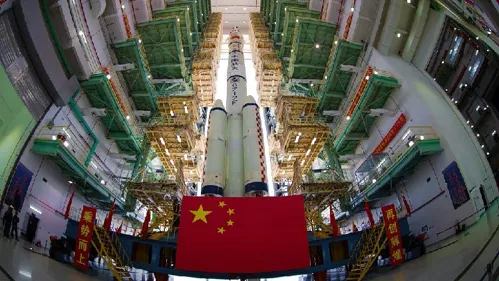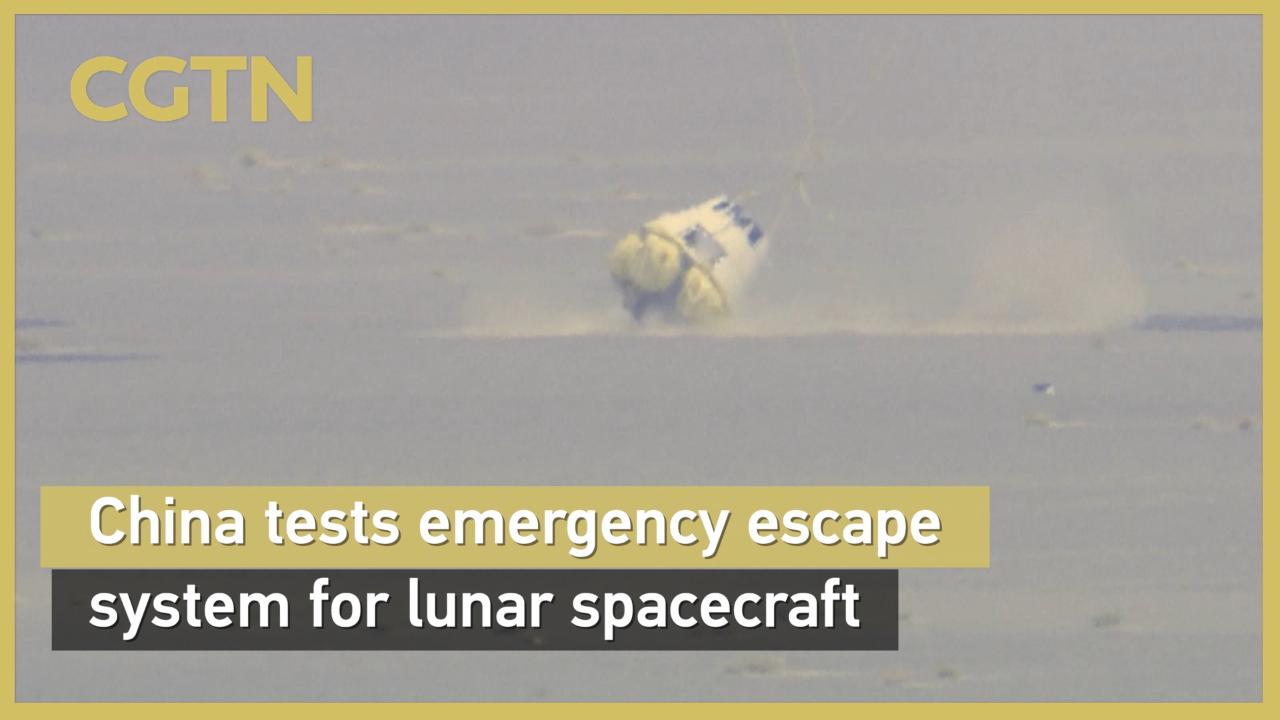Shenzhou-19 Launch Boosts Transport Capacity and Rocket Reliability

On October 30, Shenzhou-19, China's 14th manned mission in the Shenzhou spacecraft series, was launched, marking a significant advancement in the nation’s ability to conduct space exploration.
This mission features an optimized design and claims the highest loading capacity in the entire Shenzhou series, meeting rigorous safety and reliability standards that underscore the commitment to astronaut welfare.
The spacecraft comprises three essential modules: the orbital module for astronauts to live and work, the re-entry module that functions as the control center and the only module returning to Earth, and the propellant module which provides necessary power.
Liu Qingbo from the China Aerospace Science and Technology Corporation (CASC) highlighted that the optimized equipment and layout of the orbital module have expanded its transport capacity, increasing load capability by 20 percent while creating a more comfortable environment for astronauts.
This enhancement allows for the efficient transport of vital, time-sensitive supplies, as noted by Liu, who emphasized that thorough testing was conducted on Shenzhou-19 before its launch to validate its capabilities.
Moreover, continuous improvements are expected for future Shenzhou missions to ensure more efficient support for the operational longevity of the China Space Station.
Integral to the launch, the Long March-2F rocket—the only Chinese rocket designated for manned missions—served as the backbone of this operation.
This rocket, known as 'Shenjian' or Divine Arrow, boasts an impressive record with a complete success rate since its first flight in 1999, measuring 58.3 meters long and weighing about 500 tons.
The Long March-2F rocket is characterized by advanced fault detection systems and an escape system specifically designed to safeguard astronauts, with Chen Muye from CASC detailing various escape modes activated at different phases of flight.
Significantly, while the escape tower has yet to be deployed in a mission, its presence offers critical assurances of safety, as articulated by Wan Nuo from CASC, emphasizing it as an essential element of the mission's security architecture.
These advancements in both spacecraft design and rocket technology not only bolster China’s prowess in space exploration but also illustrate a commitment to continually enhancing the safety and efficiency of manned missions.
Read These Next

Health Talk Liver Cancer Insightful Quick Q&A Session
Dr. Michael Millis of the University of Chicago discusses liver cancer during National Cancer Prevention Week, promoting health awareness.

China's Crewed Moon Spaceship Successfully Completes Abort Test
China's Mengzhou spacecraft completed a crucial abort test, proving its emergency escape system for astronaut safety.

Italy's Moon-Rice Project: Advancing Space Agriculture
The article discusses the Italian Space Agency's 'Moon-Rice' project, focusing on cultivating ultra-dwarf rice for sustainable food production in space, highlighting its significance for future missions.
